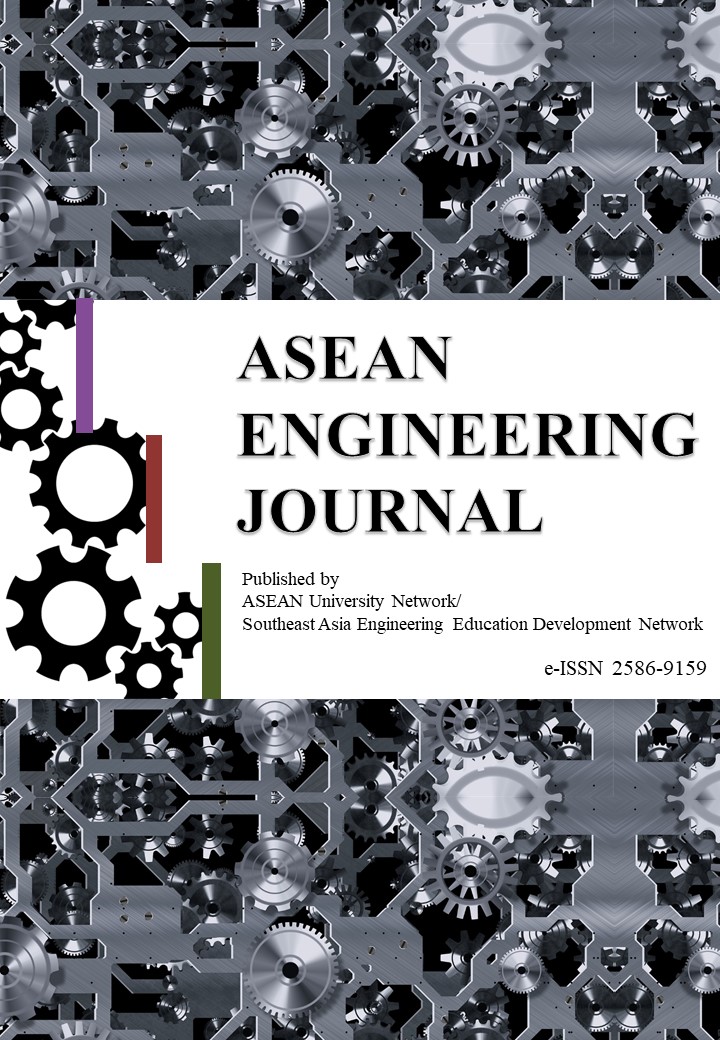ALTERATION, VEIN TEXTURES AND FLUID INCLUSION PETROGRAPHY OF METAMORPHIC ROCK-HOSTED GOLD DEPOSIT AT ONZONKANBANI AREA, CENTRAL MYANMAR: IMPLICATION FOR ITS GENESIS
DOI:
https://doi.org/10.11113/aej.v8.15502Abstract
Gold and base metal mineralization of Onzon-Kabani area is located at the western part of Mogok Metamorphic Belt in central Myanmar, where the well-known Sagaing Fault serves as its western boundary. Artisanal and small-scale gold operations started here three decades ago on gold mineralization hosted in marble and gneiss. Mineralization occurs as fracture-filling veins of several types: gold-bearing quartz vein, base metal quartz-carbonate vein, and carbonate base metal sulfides vein. Three types of hydrothermal alteration zones develop from the proximal to distal zone of hydrothermal conduit: silicic, sericite-illite and propylitic alteration. Alteration mineral assemblages consist of quartz, calcite, sericite, adularia, epidote, chlorite, illite and smectite which are typical of neutral pH hydrothermal fluid. The presence of adularia and calcite within veins indicate boiling event of near-neutral pH condition. Common vein textures of quartz and calcite are banded, crustiform, bladed calcite, lattice, mosaic or jigsaw, cockade, comb and zonal. Boiling-related mineral textures (e.g. banded, bladed and lattice) and fluid inclusion characteristics of coexisting liquid-rich and vapor-rich fluid inclusions have been identified in mineralized samples. Common ore minerals are pyrite, sphalerite, galena, chalcopyrite and minor marcasite, electrum and native gold. Gold is mostly associated with quartz gangue, pyrite, sphalerite and galena. Fluid-inclusion study suggests the presence of liquid-rich and vapor-rich fluid inclusions which were trapped in boiling fluid at homogenization temperature of 159 to 315°C and moderate salinity of 0.88 to 12.51 wt.% NaCl equivalent. It is concluded that despite mesothermal gold system is more typical style of gold mineralization in the Mogok Metamorphic Belt, it is not the type of mineralization in the Onzon-Kanbani area. Instead, a low-sulfidation epithermal system is more characteristic to be present here. The knowledge generated from this study can serve as a guide in understanding new deposit type as well as mineral exploration in the region.
















